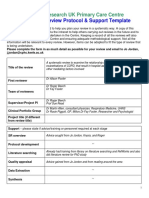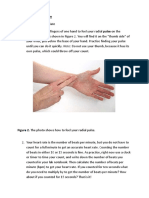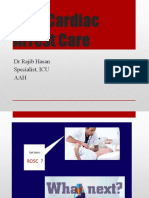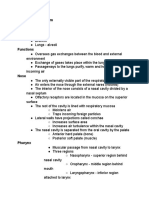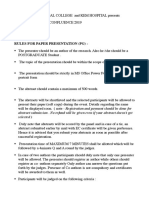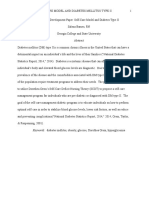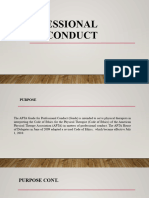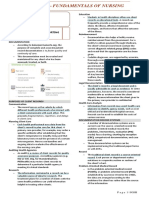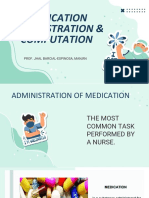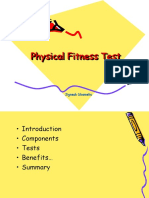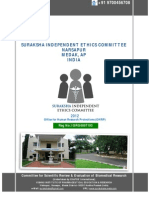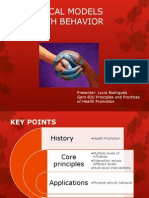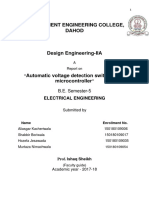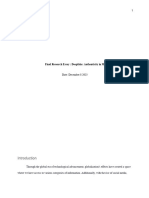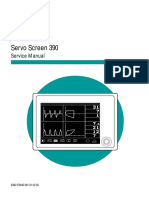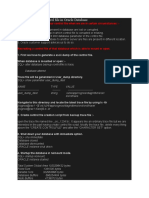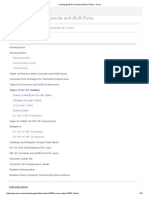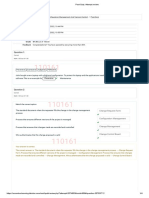0% found this document useful (0 votes)
129 views24 pagesHow To Write A Protocol
This document provides guidance on how to write an effective research protocol in 3 steps:
1. Include all key components such as the title, objectives, methodology, and management plan to clearly outline the study.
2. Describe the study design, population, interventions, and data collection methods in sufficient detail.
3. Avoid common pitfalls like an underpowered sample size or invalid instruments that could compromise the study results.
Writing a thorough yet concise protocol is important to obtain approval and ensure the research is conducted properly and can draw scientifically sound conclusions.
Uploaded by
hritikaCopyright
© © All Rights Reserved
We take content rights seriously. If you suspect this is your content, claim it here.
Available Formats
Download as PDF, TXT or read online on Scribd
0% found this document useful (0 votes)
129 views24 pagesHow To Write A Protocol
This document provides guidance on how to write an effective research protocol in 3 steps:
1. Include all key components such as the title, objectives, methodology, and management plan to clearly outline the study.
2. Describe the study design, population, interventions, and data collection methods in sufficient detail.
3. Avoid common pitfalls like an underpowered sample size or invalid instruments that could compromise the study results.
Writing a thorough yet concise protocol is important to obtain approval and ensure the research is conducted properly and can draw scientifically sound conclusions.
Uploaded by
hritikaCopyright
© © All Rights Reserved
We take content rights seriously. If you suspect this is your content, claim it here.
Available Formats
Download as PDF, TXT or read online on Scribd
/ 24
